A comprehensive analysis of the wire and cable industry
A comprehensive analysis of the wire and cable industry
Introduction to the Cable Industry

Cables are used to transmit electrical (magnetic) energy, transmit information, realize electromagnetic energy conversion, form automated control circuits, and manufacture various electrical equipment. They are an indispensable basic product for electromagnetic energy conversion. The main structure of the cable is "conductor + insulation + sheath". The conductor is generally made of copper, aluminum or its alloy, and the insulation and sheath are generally made of rubber, polyethylene, polyvinyl chloride and other materials.
The cable industry is an industrial basic industry, and its products are widely used in various fields of production and life such as energy, transportation, communications, automobiles, petrochemicals, etc., providing important supporting support for various industries, national defense construction and major construction projects. It is the "artery of the national economy" "And "nervous", the basic guarantee for the normal operation of modern economy and society. The cable industry is the second largest industry in China after the automobile industry, and it occupies an extremely important position in the national economy.
From the perspective of world cable technology development, at present and for a long period of time in the future, the standards for evaluating the technical level of cable products are mainly large capacity, ultra (ultra) high voltage, high temperature resistance, short circuit resistance, no harmful gases, maintenance-free, and environmental protection. Energy saving, etc. The United States, Japan, and European Union countries have all banned the production, import or use of low-end cable products that do not meet the relevant safety, non-toxic, and environmentally friendly recycling requirements.
In recent years, with the rapid development of my country's economy, the scale of power, communications, energy, transportation and other industries has continued to expand, and the demand for cables has grown rapidly. China's cable industry has also developed and grown, and has entered a period of rapid development. According to the "Thirteenth Five-Year Plan Development Guidance Opinions (2016-2020) for China's Cable Industry" issued in September 2016, during the "Twelfth Five-Year Plan" period, my country's cable industry economy has maintained a steady growth trend and the export scale has increased. Cable products continue to rank first in the world in terms of metal conductor output and optical fiber consumption. The overall development foundation of the industry has been strengthened, and the overall strength has been further improved.
Overview of the cable industry chain

The cable industry is divided into upstream raw material industries, midstream cable manufacturing industries of different types, and downstream applications.
From the perspective of the industrial chain, the upstream of the cable industry is mainly the basic material industry that provides raw materials for manufacturing cable products, such as copper, aluminum and its alloys; the rubber industry that manufactures cross-linked insulating sleeves and sheath materials, and the chemical industry of polyethylene and polyvinyl chloride. Industry, etc.; the midstream includes cable manufacturing companies that provide power cables, communication cables, cables for electrical equipment, bare wires, winding wires and other types of cables; the downstream are mainly industries that have a demand for cables, such as construction machinery, communication industry, and electric power Industry and construction industry, etc.
From the perspective of enterprises, the upstream involves metal material companies that use copper, aluminum and their alloys, rubber and its finished products companies, and chemical companies that research and develop polyethylene and polyvinyl chloride. In the cable industry, it can be divided into different categories. A cable R&D and manufacturing enterprise whose main business is cables.
Cable industry relevance
1. The relevance and influence of upstream industries and industries
The product composition of the cable mainly includes wires, connectors and connectors, among which the wire is the main body, and its main structure is "conductor + insulation layer". The conductor is generally made of copper, and the insulating layer is rubber or plastic. The main raw materials for connectors and connectors are also copper and plastic. Therefore, the main upstream industries of the cable industry are copper, rubber and plastic industries. Because the cable industry has the characteristics of "heavy materials and light industries", raw materials represented by copper account for a relatively large proportion of product costs, and the price fluctuations of copper materials have a significant impact on the industry's product costs and prices.
2. The relevance and influence of downstream industries and industries
The cable industry is a supporting industry, which is located in the middle reaches of the entire industrial chain of the national economy. The demand status of downstream industries will directly affect the demand of the cable industry. At present, industries such as electric power, marine engineering, communications, shipbuilding, and transportation, which are closely related to the cable industry, are in strong demand. Especially the rapid development of marine engineering and other special equipment manufacturing industries on a global scale is a guarantee for the continuous growth of the cable industry.
The unique business model of the cable industry
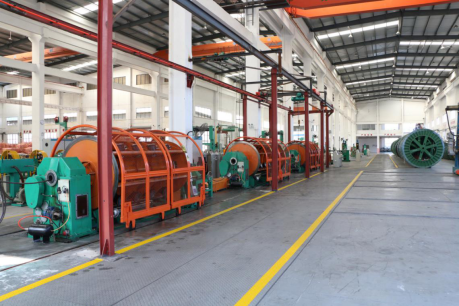
Due to the different types, specifications and lengths of the cables required by customers, the products have the characteristics of customization. Cable companies generally implement a production mode combining "production based on sales" and "planned production". Characteristic: When selling products, it generally adopts the pricing method that the target gross profit and other necessary expenses are added on the basis of the fluctuation of the current raw material price to form the final price.
Due to the special requirements of customers in the special equipment manufacturing industry in terms of product types and types, special equipment cables have strong customization characteristics and are more targeted in terms of sales methods and after-sales services.
Periodic and seasonal characteristics of the cable industry
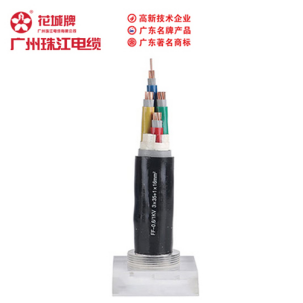
1. The cyclicality of the industry
As a supporting industry for the development of the national economy, the wire and cable industry involves downstream power, energy, petrochemical, communications, railways, mining and other important national economic fields. Therefore, the periodicity of the wire and cable industry is closely related to the macroeconomic cycle.
2. Seasonal characteristics of the industry
There is a certain seasonality in the wire and cable industry. Downstream customers of the wire and cable industry generally make purchase plans and conduct bidding in the first two quarters of each year, and deliver goods and carry out construction in the second to fourth quarters. Therefore, the first and second quarters of each year are relatively low seasons for the sales of the wire and cable industry, and the third and fourth quarters are Peak sales season for the wire and cable industry.
Main barriers to the cable industry
1. Qualification barriers
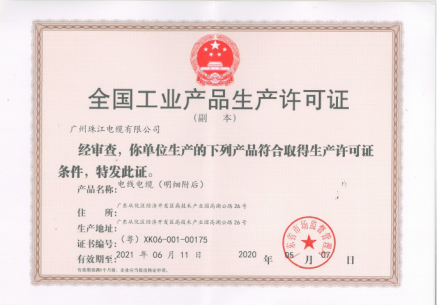
In the international market, with the European Union’s implementation of the "Restriction of Hazardous Substances" (Restriction of Hazardous Substances) on July 1, 2006, the United States, Japan, and EU countries have all imposed restrictions on imports. The product puts forward strict access certification standards. Therefore, obtaining national production licenses and compulsory certification, qualification certification required by various industries and countries where each target market is located has become one of the most important obstacles to entering the industry.
my country implements a strict production license system for the production of cable products. The cable products in the product catalog that are engaged in compulsory product safety certification must obtain CCC certification from the China Quality Certification Center. Some large downstream industries also put forward corresponding industry access standards for cable suppliers, and entering different industries or products for different purposes needs to obtain the qualifications and certifications required by the industry.
2. Capital barriers
The cable industry is a capital-intensive industry, and capital barriers are embodied in the following aspects:
(1) The investment in the production line is relatively large;
(2) The cable industry has the characteristics of "materials, heavy, and light". The main raw materials represented by copper have high value and obvious price fluctuations, which require a large amount of capital;
(3) The prevailing quality guarantee deposit system in the cable industry requires suppliers to have sufficient liquidity to ensure the continuity and sustainability of production and sales;
(4) Increasingly fierce competition and continuously segmented markets have prompted cable companies to continuously increase the research and development of new products and new technologies. Companies that cannot afford the corresponding R&D expenses will be eliminated by the market in technology competition and brand competition.
3. Brand barriers
Compared with the general equipment manufacturing industry, the cable manufacturing industry is an industry with higher requirements for safety, reliability and durability. The requirements of customers in the high-end equipment and special equipment cable market are higher than those of other customers. These customers need suppliers to have strong supporting and R&D capabilities, and better production and testing equipment levels. Therefore, they pay more attention to the supplier’s brand reputation in the industry when introducing and selecting suppliers. Once a cooperative relationship is established, no It will easily introduce suppliers with poor reputation due to slight price differences and other factors, and will not easily change products that are already in use and have stable and reliable quality. It is difficult for new entrants to have advantages in terms of qualification certificates, quality assurance, supply capabilities and after-sales service.
4. Technical barriers
The production of cables is mainly composed of multiple processes such as drawing, twisting, squeezing, and forming. Cable production, especially the production of high-end special equipment cable products, involves a series of processing technology such as formula improvement and innovation of polymer materials, metal smelting and calendering, optimized design of product structure, and composite shielding. In addition, there are certain differences in the equipment, technology and management of cable production due to different products. Special equipment cable products that have special requirements for product reliability, heat and wear resistance, and high safety, non-toxicity, and environmental protection. This requirement is particularly obvious for the required cable products. Therefore, a strong technical barrier is formed for the material research and development capabilities, equipment operation level, process improvement and innovation, and quality inspection and evaluation.


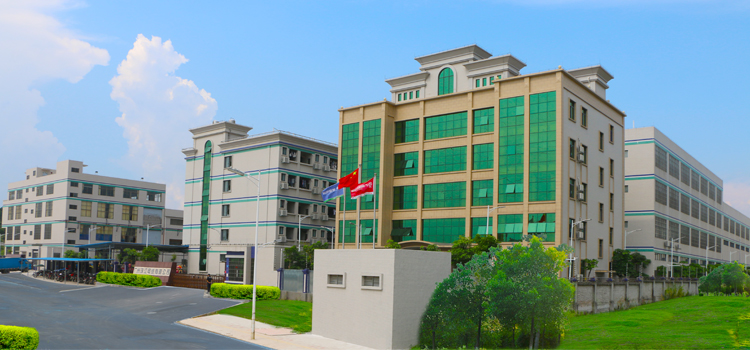 Company Profiles
Company Profiles Company Culture
Company Culture Message
Message Honor
Honor Video Center
Video Center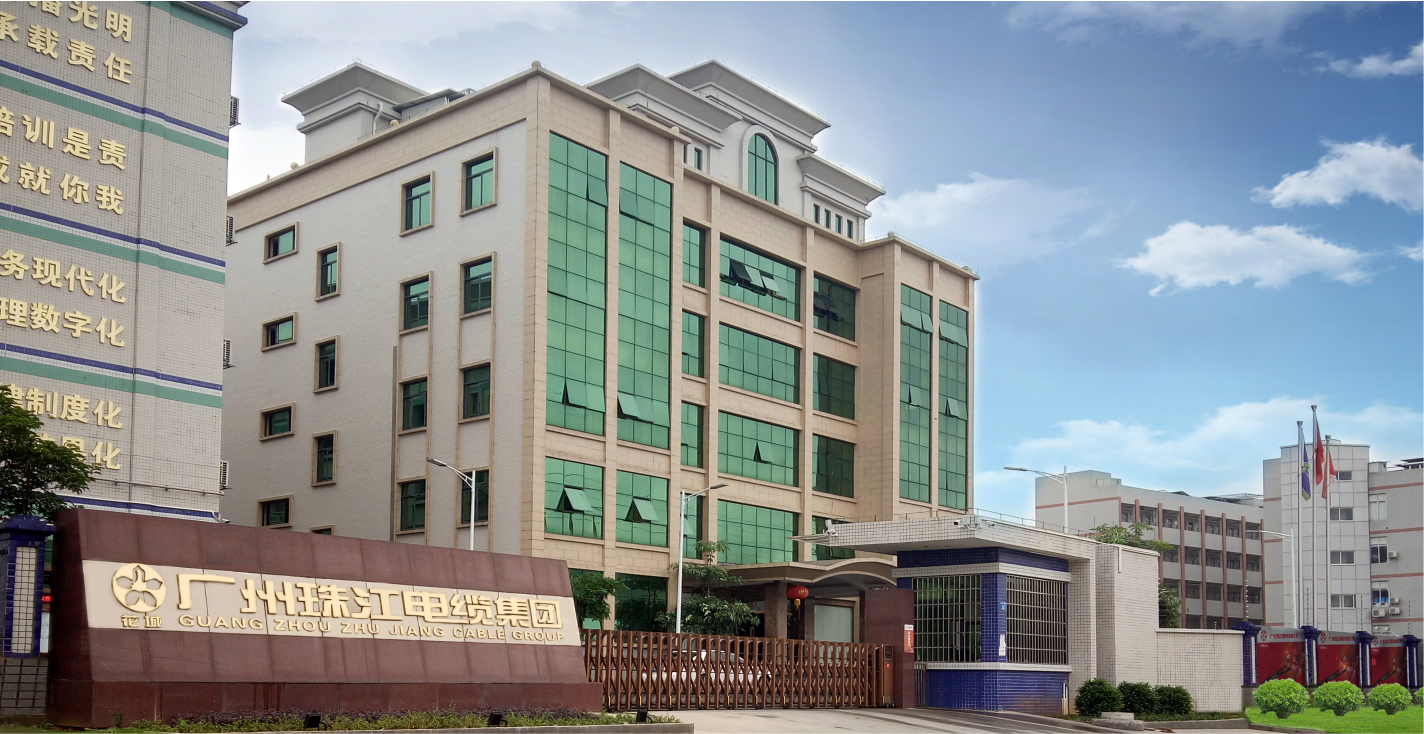 Company Reality
Company Reality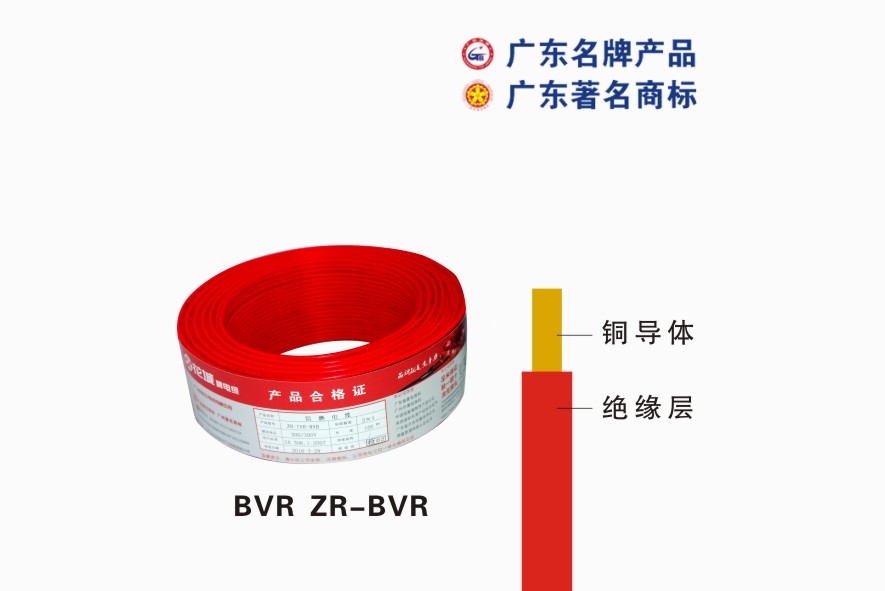 Pearl River Cable
Pearl River Cable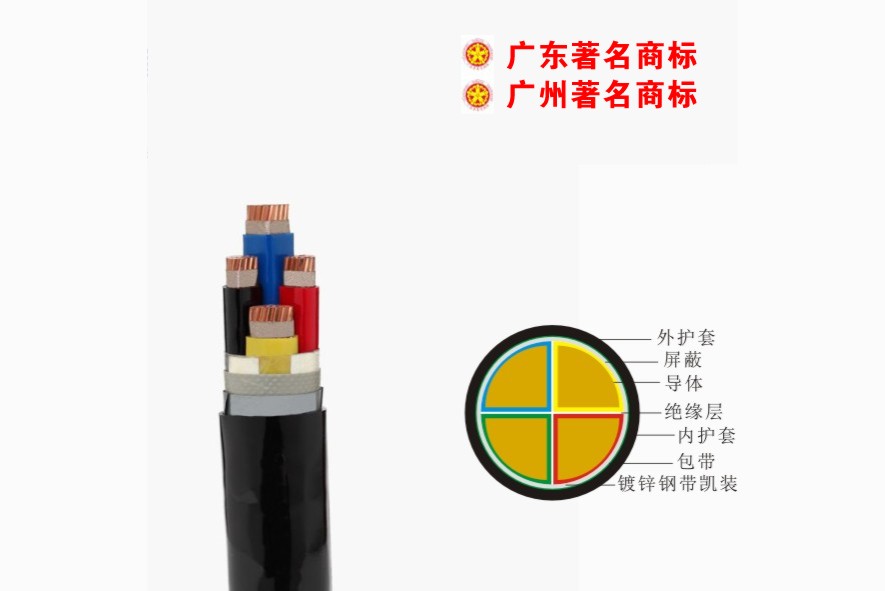 Low Voltage Cable
Low Voltage Cable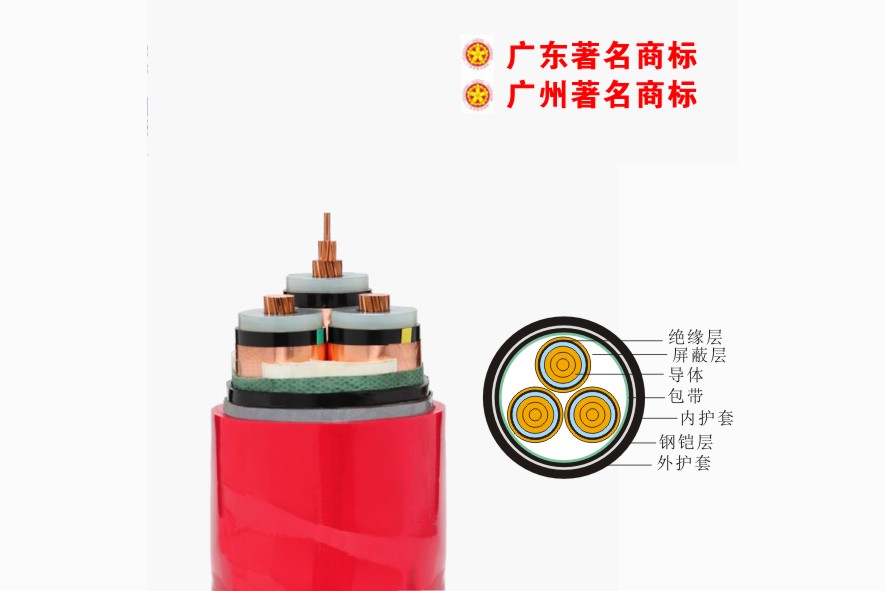 Medium Voltage
Medium Voltage Mineral Cable
Mineral Cable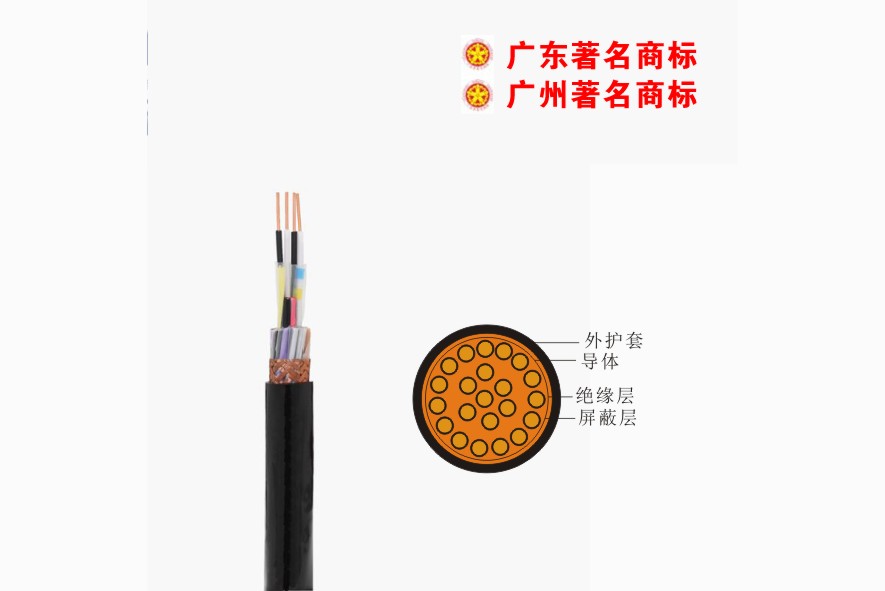 Control Signal Cable
Control Signal Cable Corporate News
Corporate News Cable Information
Cable Information Media Reports
Media Reports Network Reprint
Network Reprint


